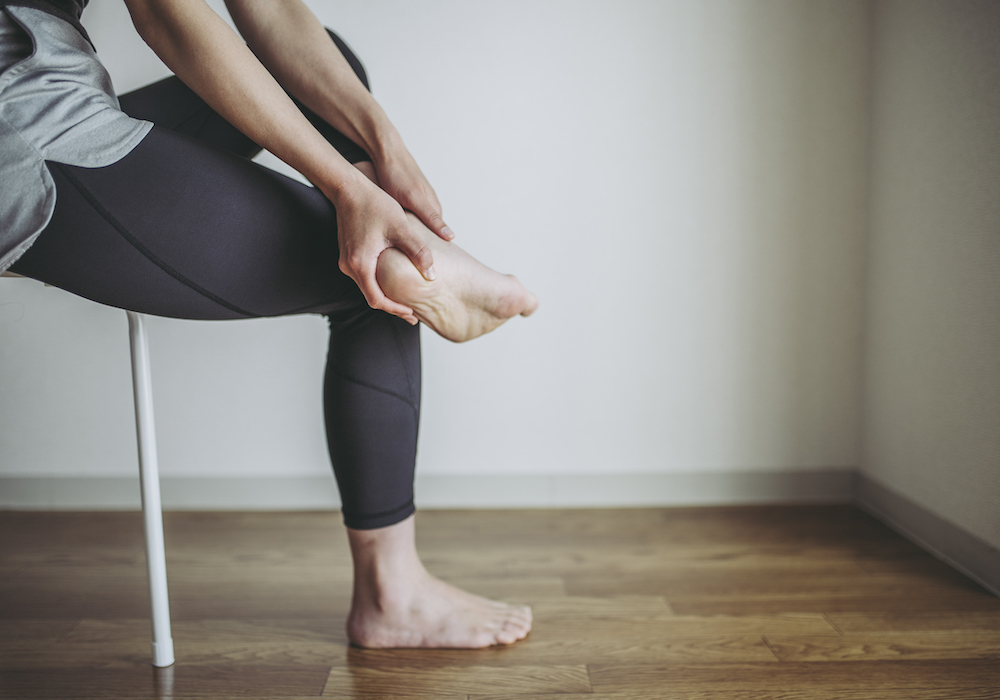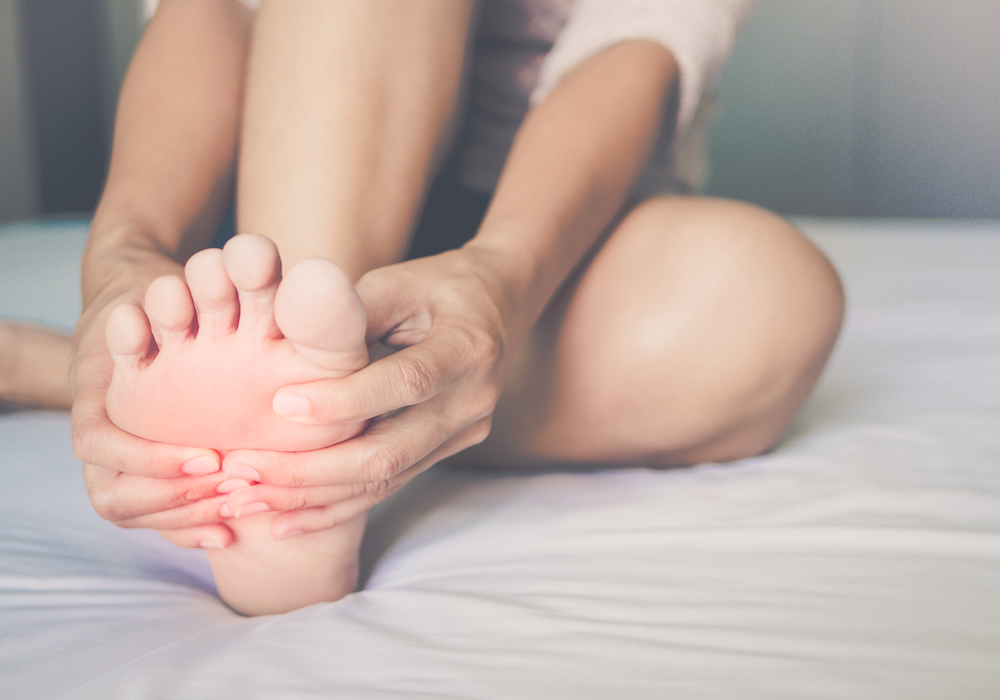THIS POST IS PART OF THE ULTIMATE GUIDE TO FOOT AND ANKLE INJURIES
Heel spurs are small bony projections that form on either the bottom of your foot or on your heel and are usually caused by constant tendon inflammation or plantar fasciitis. They are often painless but may be uncomfortable for you.
Anatomy:
Heel spurs are a bony outgrowth that protrudes from behind or underneath your heel bone or under the arch of your foot. If your heel spur is located on the back or the bottom of the heel, it is usually associated with Achilles tendinopathy. If your heel spur is found under the sole of your foot, it’s usually caused by plantar fasciitis.
Your plantar fascia is a ligament right under your skin on the bottom of your foot. Its job is to connect your heel bone to the front of your foot and also acts to support your arch.
What causes heel spurs?
Heel spur pain flares up when you strain your foot or muscle ligaments. This leads to a buildup of calcium deposits which will turn into a bony projection on your heel, the heel spur. It can also be caused by your plantar fascia being overstretched. This happens when the membrane that covers your heel bone tears repeatedly.
Other less common causes include:
- Running or jogging on hard surfaces
- Poorly fitted or worn-down running shoes
- Excess weight or obesity
- Abnormal walking gait
- Wearing flip flops too often
- Heel bruising
- Arthritis
Many people who have the condition also have plantar fasciitis.

How do you know if you have a heel spur?
Sometimes, heel spurs will have no symptoms at all. However, if you feel chronic pain in your heel while you are walking, jogging or running, especially on hard surfaces, it may be because of a heel spur.
Other symptoms include:
- Inflammation or swelling in front of the heel
- Heat radiating from the infected area
- A dull ache in your heel throughout the day
- Small bone-like projection under the heel
Diagnosis:
To determine whether you have a heel spur, your physician will ask you for a complete medical history, have you describe your symptoms and conduct a physical examination. An X-ray or MRI may be necessary to confirm the diagnosis and determine if there are other problems.
MAKE AN APPOINTMENT WITH A FOOT AND ANKLE SPECIALIST
How do you get rid of heel spurs?
When you have heel pain because of plantar fasciitis or a heel spur, it will most likely feel better the more you walk. If you feel recurring pain every time you walk or pain that lasts longer than a month, there are other heel spur treatments available.
How to heal a heel spur:
- Stretching exercises
- Shoe inserts
- Finding the best shoes for heel spurs
- Taping your tendons or muscles
- Apply ice
- Cortisone injections
- Over the counter pain medications
In extreme cases, surgery can be used to relieve pain and restore mobility. This procedure would be the removal of a spur. The majority of people with heel spurs will get better within a few months.
How do you prevent heel spurs?
Preventing heel spurs can be as simple as wearing the right shoes with heel support when you are participating in physical activities or just going for a walk. Don’t push through heel pain. If you feel heel pain, ice the area after your activity until it feels better.
DOWNLOAD THE ULTIMATE GUIDE TO FOOT AND ANKLE INJURIES
Schedule an appointment
Your well-being is important to us. Click the button below or call us to schedule an appointment with one of our orthopedic specialists. If your injury or condition is recent, you can walk right into one of our OrthoIndy Urgent Care locations for immediate care. For rehabilitation and physical therapy, no referral is needed to see one of our physical therapists.





